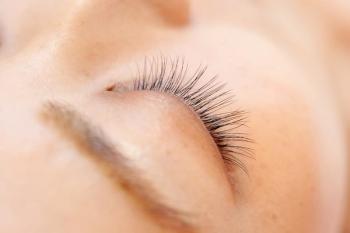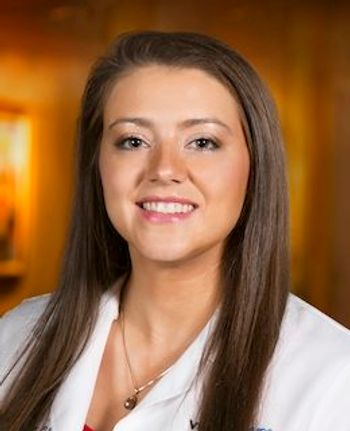
Aldeyra Therapeutics hits primary end point in 1 of 2 phase 3 trials for reproxalap
New data for 0.25% reproxalap was announced by Aldeyra Therapeutics, supporting the company’s NDA resubmission for the treatment of dry eye disease.
Aldeyra Therapeutics has achieved primary end point in one of its phase 3 trials of reproxalap for the treatment of
“The dry eye chamber results announced today are representative of a number of clinical trials that highlight the potential rapid clinical effect of reproxalap on reducing ocular discomfort,” Todd C. Brady, MD, PhD, president and chief executive officer of Aldeyra, said in a press release. “With no notable baseline differences across treatment arms and highly statistically significant results in favor of reproxalap over vehicle, Aldeyra believes the data potentially address the FDA feedback in the Complete Response Letter received last month and we look forward to meeting with the FDA shortly.”
About the dry eye chamber trial
The phase 3 trial of 0.25% reproxalap was randomized, double masked, and vehicle controlled. In the chamber trial, reproxalap achieved statistical significance for the prespecified end point of ocular discomfort (n = 58) compared with the vehicle (n = 58). The measure was an ocular discomfort symptom score (0-100) from 80 to 100 minutes following chamber entry (LS mean difference [95% CI] -6.5 [-10.5, -2.5]; P = 0.002).
No safety signals or treatment-related discontinuations were reported in either of the recently completed clinical trials. Investigators observed reproxalap to be well tolerated. The most commonly reported adverse event was mild and transient instillation site discomfort, which is consistent with prior clinical trials.
The FDA accepts chamber trial results per its draft guidance for dry eye drug development, but they are rare for dry eye clinical trials. Also called a challenge-model trial, this trial design uses a controlled chamber to regulate temperature, air flow, humidity, and other environmental factors.2 All other dry eye disease therapeutics on the market today have used a more traditional environmental exposure study, marking Aldeyra’s trials as particularly unique.
Because this data contains no notable differences in baseline scores across treatment arms, Aldeyra hopes it will address the concerns listed by the FDA in the
“Pending positive results from the ongoing clinical trials and discussions with the FDA, we look forward to a potential NDA resubmission mid-year 2025,” Brady said in a press release at the time of the CRL in April. “Reproxalap remains the only late-stage topical ocular therapy suitable for chronic administration to have potentially demonstrated acute reduction in ocular redness, as well as reduction in ocular discomfort, highlighting rapid and broad activity for both the signs and symptoms of dry eye disease.”
References
1. Aldeyra Therapeutics achieves primary endpoint in phase 3 dry eye disease chamber trial of Reproxalap and plans NDA resubmission. Aldeyra Therapeutics. Press release. May 5, 2025. Accessed May 6, 2025.
2. Harp MD. FDA issues complete response letter to Aldeyra Therapeutics for resubmitted new drug application of reproxalap. Optometry Times. April 3, 2025. Accessed May 6, 2025.
3. Dry eye: developing drugs for treatment - guidance for industry. FDA. December 14, 2020. Accessed May 6, 2025.
Newsletter
Want more insights like this? Subscribe to Optometry Times and get clinical pearls and practice tips delivered straight to your inbox.


















































.png)


